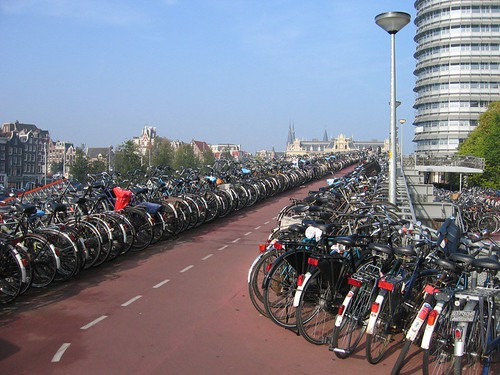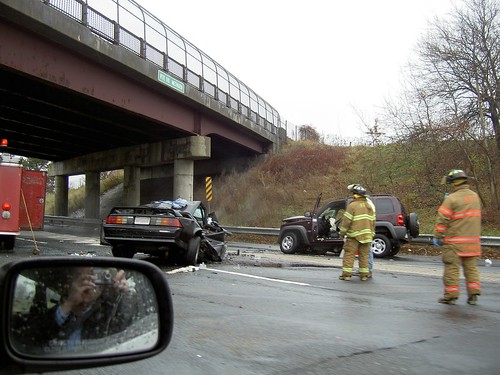Car 2.0 Update from TED: Electric vehicle proponent Shai Agassi, founder of Better Place, outlines his vision for a oil-free nation by 2020
(Source: TED)
Forget about the hybrid auto — Shai Agassi says it’s electric cars or bust if we want to impact emissions. His company, Better Place, has a radical plan to take entire countries oil-free by 2020.
Just over a year ago, BusinessWeek ran a great piece aboutShai Agassi and his audacious plans to produce a mass market electric vehicle and thereby revolutionize the auto industry. So it was great to get an update from the former software entrepreneur turned zero emission transport guru on the main TED stage earlier today.
Business Week’s report on Mr. Agassi’s TED presentation offers this: “Much of what Agassi had to say was familiar, but it was fascinating to hear how the Better Place project is scaling to places such as Australia and Hawaii (it started life in Israel, with the support of politician Shimon Peres.) The emergence of Car 2.0, as Agassi described it, entails an entirely new business model for car ownership, whereby drivers will pay for miles as they currently pay for minutes on a phone. And Agassi, who cut an imposing and definitive figure on stage, professed to be interested in only two figures: Zero, as in zero emissions; and infinity, as in this model should be available for every driver, worldwide.”
The quote from Wired Magainze nicely captures Mr. Agassi’s personality – Charismatic & convincing.
“Shai Agassi has only one car, no charging stations, and not a single customer—yet everyone who meets him already believes he can see the future.” – Wired
Here is Mr. Agassi’s presentation at TED.












